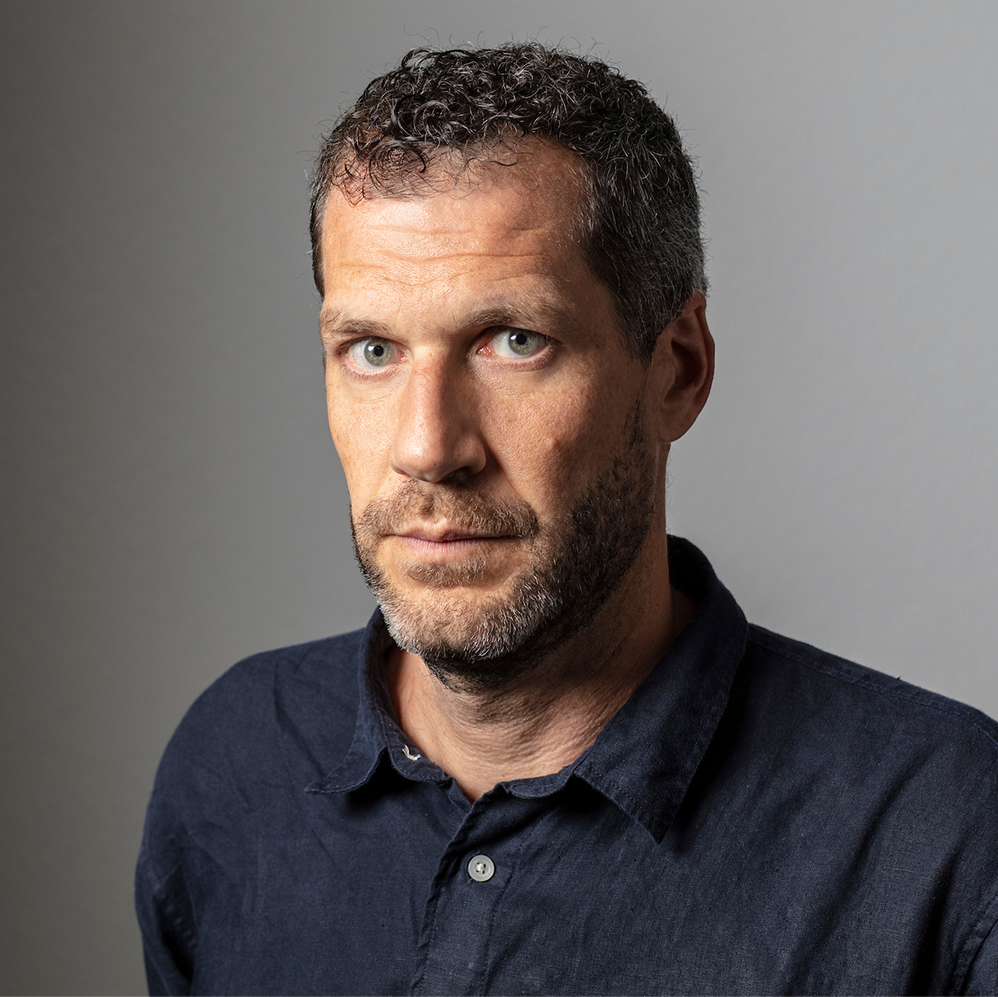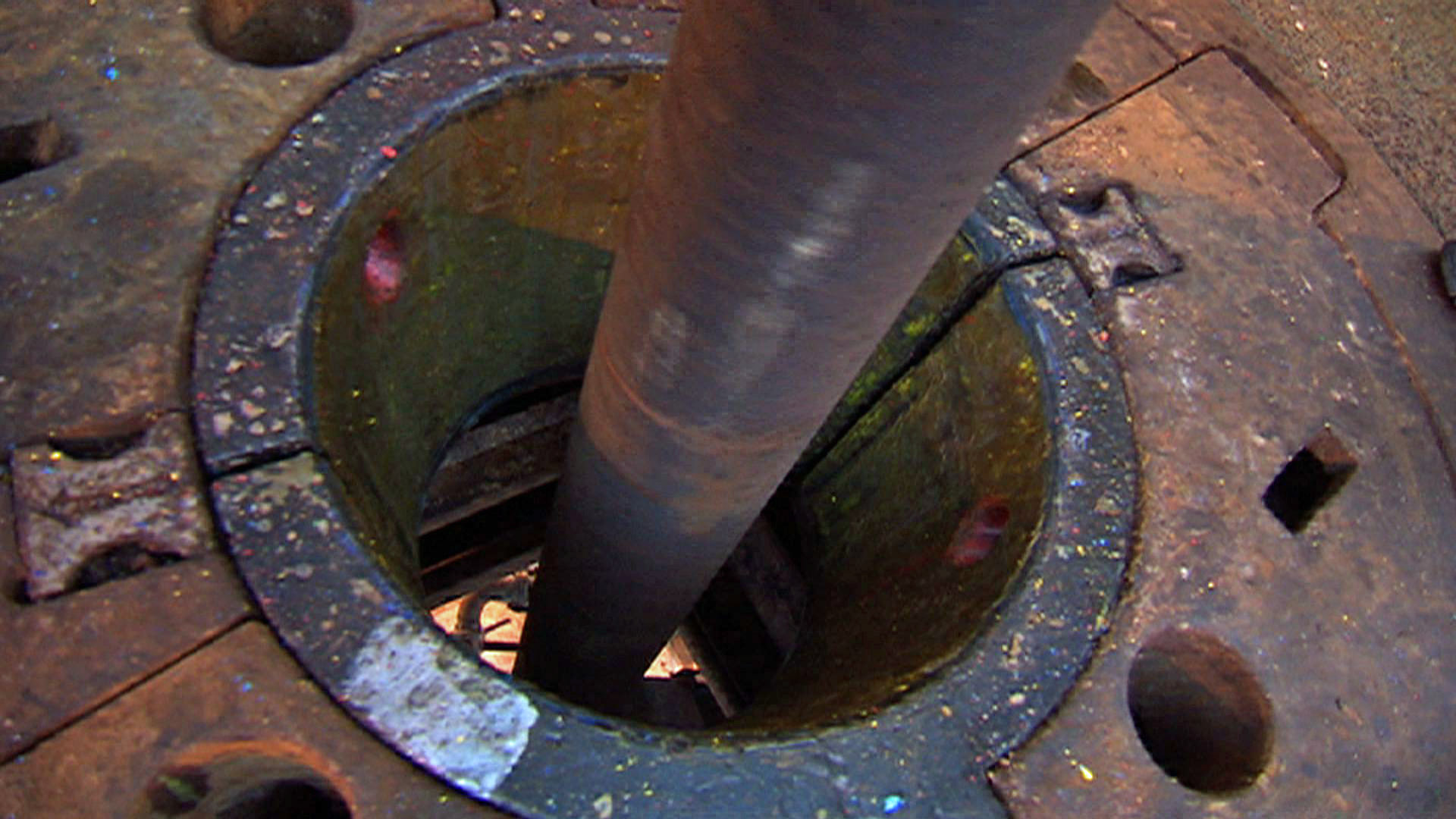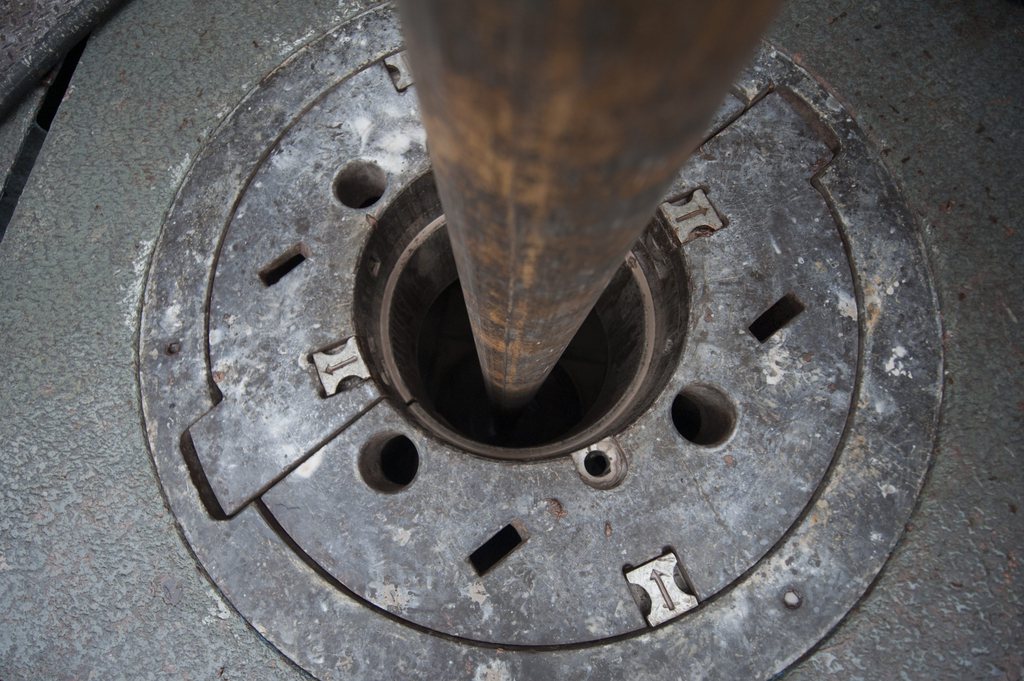Geothermal project with smaller seismic risk
The idea of using geothermal energy in Switzerland was abandoned after projects led to earthquakes. Now canton Jura is planning a new geothermal project, one that should avoid past mistakes. (SRF/swissinfo.ch)
Switzerland has had bad luck with geothermal energy projects so far. St Gallen had to abandon its project after causing an earthquake of 3.5 on the Richter scale in 2013. Several buildings were damaged. Earlier on, in 2006, geothermal drilling in Basel caused an earthquake of 3.4, again leading to damaged buildings. After several aftershocks the Basel project also had to be halted.
To use geothermal energy, water heats up by being pumped into hot rock layers. The hot water and steam return to the surface via a second tube and lead to power turbines, which produce electricity. But before water can actually circulate, the dense stone layers have to be made porous. This is done by pumping water under high pressure into the hot rock layers, which create horizontal cracks.
The project in Basel tried to produce a vast system of cracks in one go. It showed that this method significantly increased the risk of earthquakes. The Jura project will proceed step by step. It will create smaller cracks and pause after every new crack to analyse the data. This strategy is more expensive, but has been successful abroad.
Despite this new approach in Jura, there is resistance. An initiative by local residents aims to stop the project.










You can find an overview of ongoing debates with our journalists here . Please join us!
If you want to start a conversation about a topic raised in this article or want to report factual errors, email us at english@swissinfo.ch.